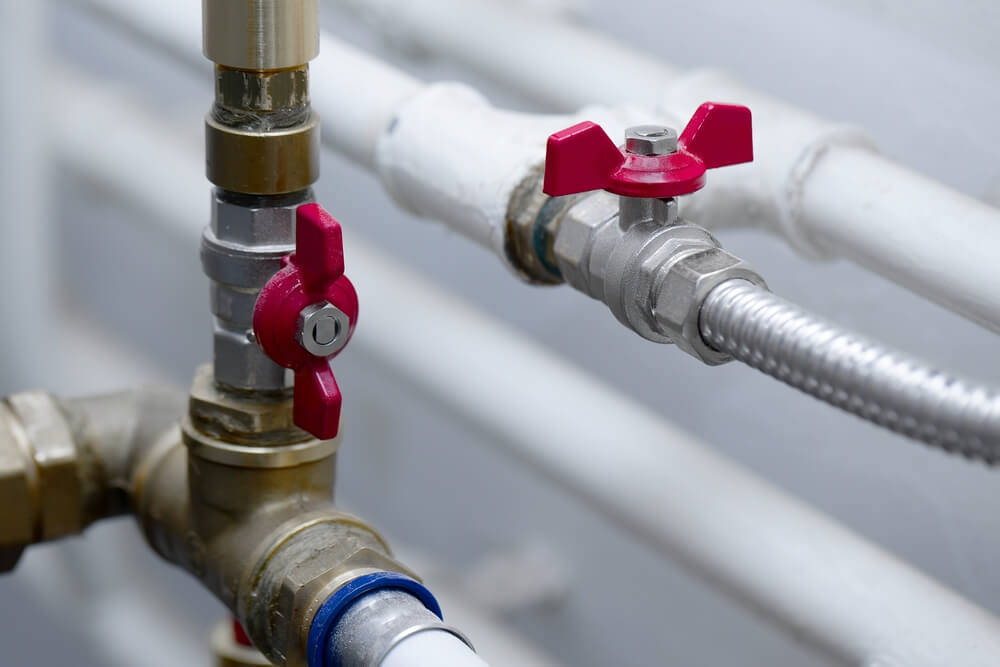Intelligent Winterizing Solutions: A Few Approaches to Guard Your Pipes in Cold Weather
Intelligent Winterizing Solutions: A Few Approaches to Guard Your Pipes in Cold Weather
Blog Article
The publisher is making several good pointers on the subject of How to Prevent Frozen Pipes as a whole in the article on the next paragraphs.

All property owners that live in pleasant climates must do their finest to winterize their pipes. Failure to do so can lead to calamity like frozen, broken, or burst pipelines.
Attempt a Hair Dryer or Heat Gun
When your pipes are practically freezing, your dependable hair clothes dryer or heat gun is a godsend. If the hot towels do not assist remove any kind of clearing up ice in your pipelines, bowling hot air straight into them may assist. You may finish up destructive your pipes while attempting to thaw the ice.
Open Cabinet Doors Hiding Plumbing
It would certainly be helpful to open up cabinet doors that are camouflaging your pipes when it's cold outside. For example, they could be someplace in your kitchen or bathroom. This will enable the warm air from your heating system to flow there. Consequently, you prevent these exposed pipelines from cold. Doing this little technique can keep your pipes warm and also limit the possibly dangerous results of freezing temperatures.
Take Time to Cover Exposed Pipes
One easy and awesome hack to heat up freezing pipelines is to cover them with warm towels. You can cover them first with towels. After securing them in position, you can pour boiling water on the towels. Do it slowly to allow the towels take in the liquid. You can likewise make use of pre-soaked towels in hot water, simply don't forget to wear safety gloves to safeguard your hands from the heat.
Switch on the Faucets
When the temperature level declines and also it appears as if the freezing temperature will last, it will aid to transform on your water both indoors and also outdoors. This will keep the water moving with your plumbing systems. You'll end up squandering gallons of water this way.
Shut down Water When Pipes are Frozen
If you observe that your pipes are entirely icy or nearly nearing that phase, transform off the primary water valve quickly. You will generally find this in your basement or laundry room near the heater or the front wall closest to the street. Turn it off today to stop additional damage.
Don't fail to remember to shut outside water sources, too, such as your hookup for the garden house. Doing this will certainly prevent extra water from filling your plumbing system. Unfortunately, with even more water, more ice will certainly pile up, which will eventually bring about burst pipelines. It is best to call an expert plumber for an examination if you are unclear about the state of your pipes this winter season. Taking this aggressive method can save you hundreds of bucks in repairs.
All home owners who live in pleasant climates have to do their ideal to winterize their pipes. Failing to do so can lead to calamity like frozen, split, or ruptured pipelines. If the warm towels do not assist dislodge any resolving ice in your pipelines, bowling hot air directly right into them might help. Transform off the major water valve instantly if you discover that your pipelines are totally frozen or nearly nearing that stage. With even more water, more ice will pile up, which will at some point lead to burst pipelines.
PREVENT YOUR PIPES FROM FREEZING THIS WINTER
A Leading Cause of Property Damage
When the weather is taking a deep nose dive into the cold dreary days, the risk of your pipes freezing and potentially bursting skyrockets. Unfortunately, during these cold dreary months, burst pipes are the most common denominator for property damage. The pipes that are most at the risk are those that are in areas where it is most cold in your home. For instance, pipes located in interior places such as basements, attics, and your garage. Unfortunately, that doesn’t mean that the pipes running through your cabinets or exterior walls can’t freeze. Good news, however, is that you can do things to help prevent pipes from freezing.
How to Prevent Pipes From Freezing
Once the temperature starts to drop during the winter, you should be taking the proper measures needed to ensure that your pipes stay warm and that there is circulation of water through them. Some steps that experts may recommend could go against your better judgement when it comes to saving water and heat. However, it would go without saying that when expenses are compared, damaged pipes could put a bigger dent in your wallet than a water bill.
What Can I Do?
Keep your garage door closed. This is very important, especially if you have water supply lines running through your garage. Open your kitchen and bathroom cabinets to allow warm air to circulate through them. Allow air circulation throughout your home. Keeping the interior doors open will once again allow the warm air to circulate inside your home. Ensure your thermostat is running the same temperature throughout the night and day. If you plan to be away from home during the cold months, set your temperature no lower than 55° F. This should provide enough heat to keep the pipes warm and prevent any remaining water inside the pipes from freezing. For more of a long-term solution, add insulation to attics, basement, and other crawl spaces around your home. By allowing your faucet to drip, it will alleviate pressure in the system. This is important because the pressure that is created between the blockage and the faucet can potentially cause the pipes to burst. Allowing the faucet to drip will prevent the pressure from building up, therefore keeping the pipes from bursting. Seal any cracks, openings, and crawl spaces around your home to prevent cold air from coming inside. This keeps your pipes-not to mention your home-warmer and less susceptible to issues caused by freezing temperatures. For the pipes in your home that are easily accessible, applying electrical tape to them might prevent them from freezing over. This is a quick fix, as you can apply the tape directly to the pipe. There are two options for heating tapes. One turns on and off by itself when it senses heat is needed. The other type of heating tape needs to be applied when heat is needed and removed when not necessary. If you have exposed pipes in your home, you can check this website to take a look at a few options that would be available at a shop near you.

I recently found that content about Winterizing Your Pipes while doing a search on the search engines. Do you know about anybody else who is in to the niche? Be sure share it. Thanks a bunch for your time. Please pay a visit to our blog back soon.
Fast service, dial quick! Report this page